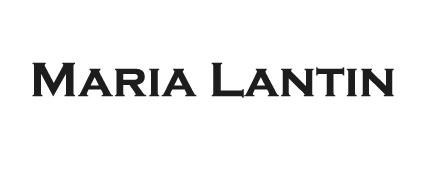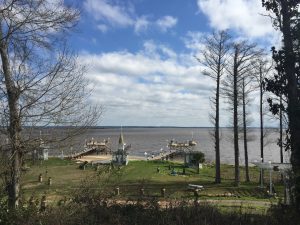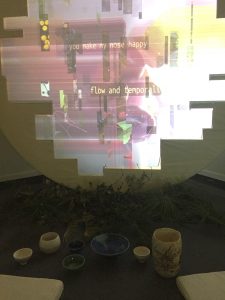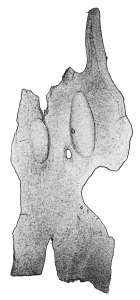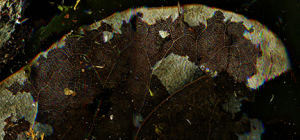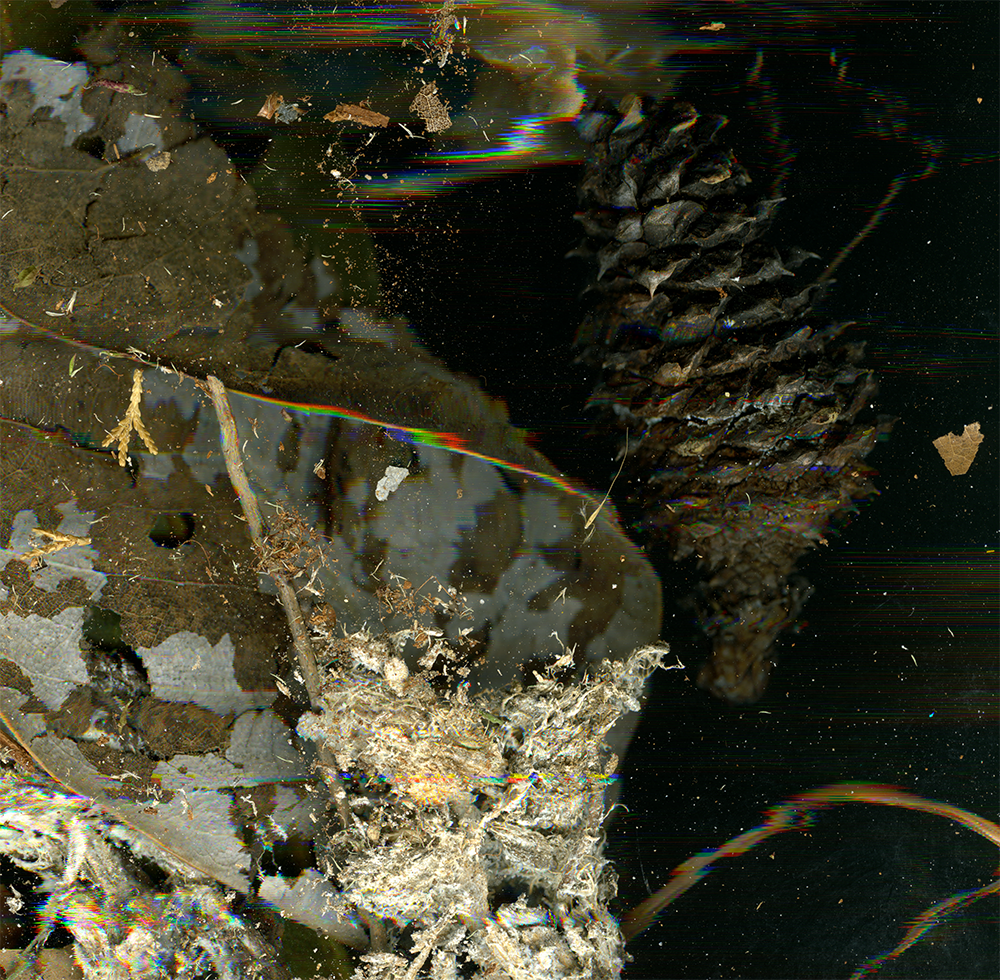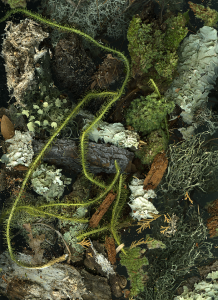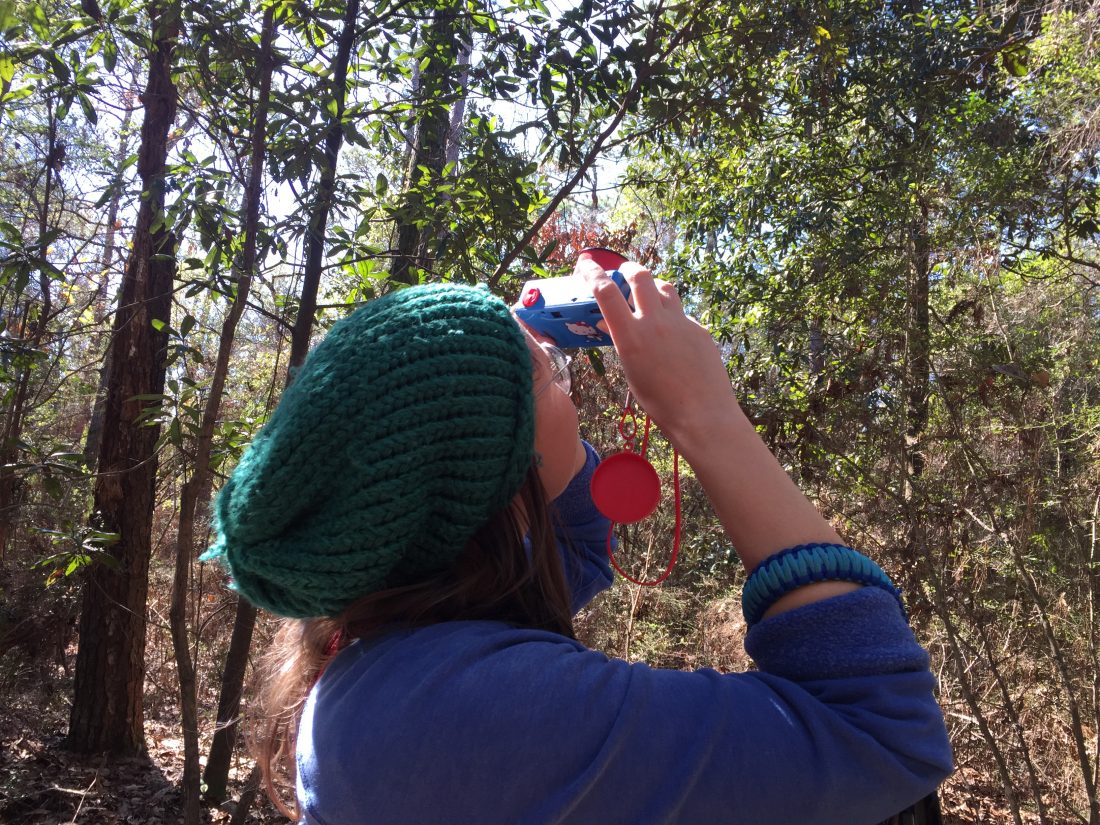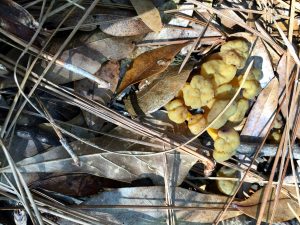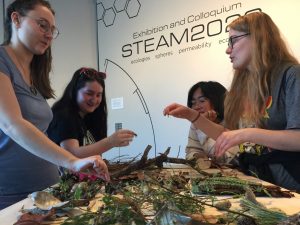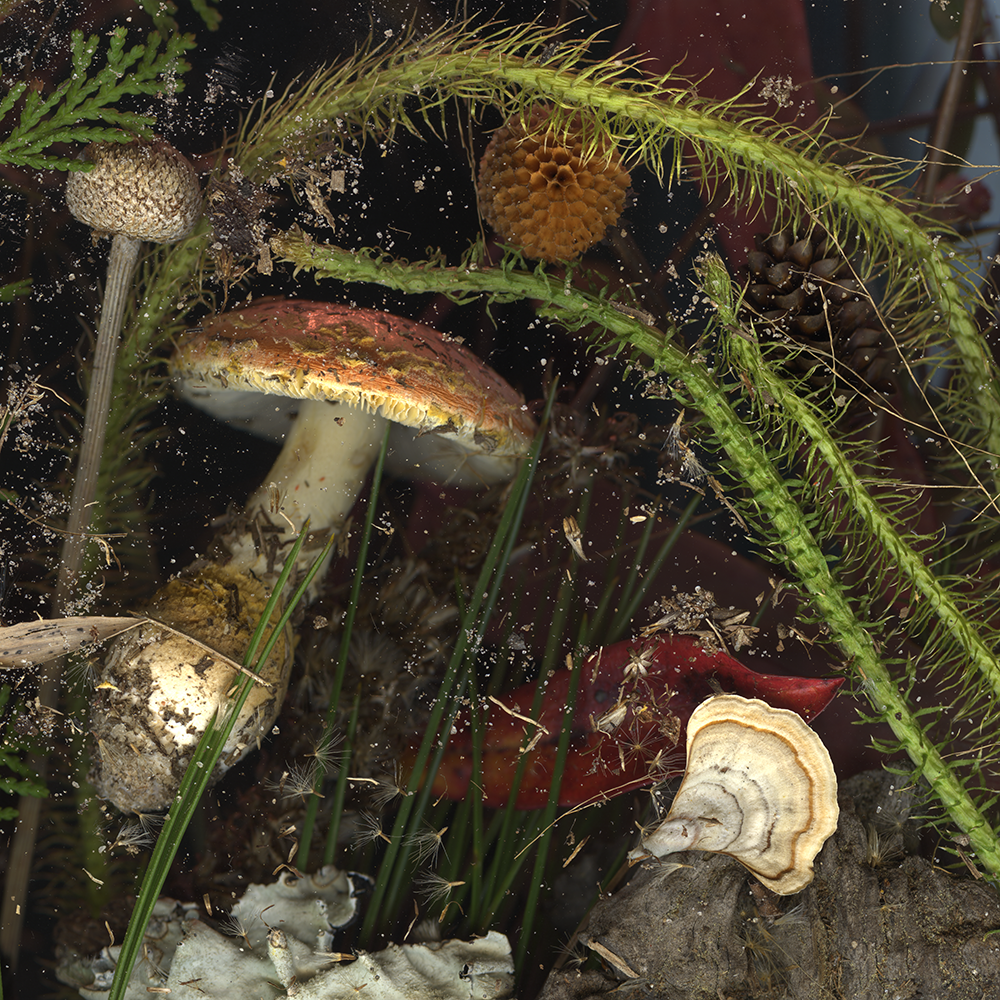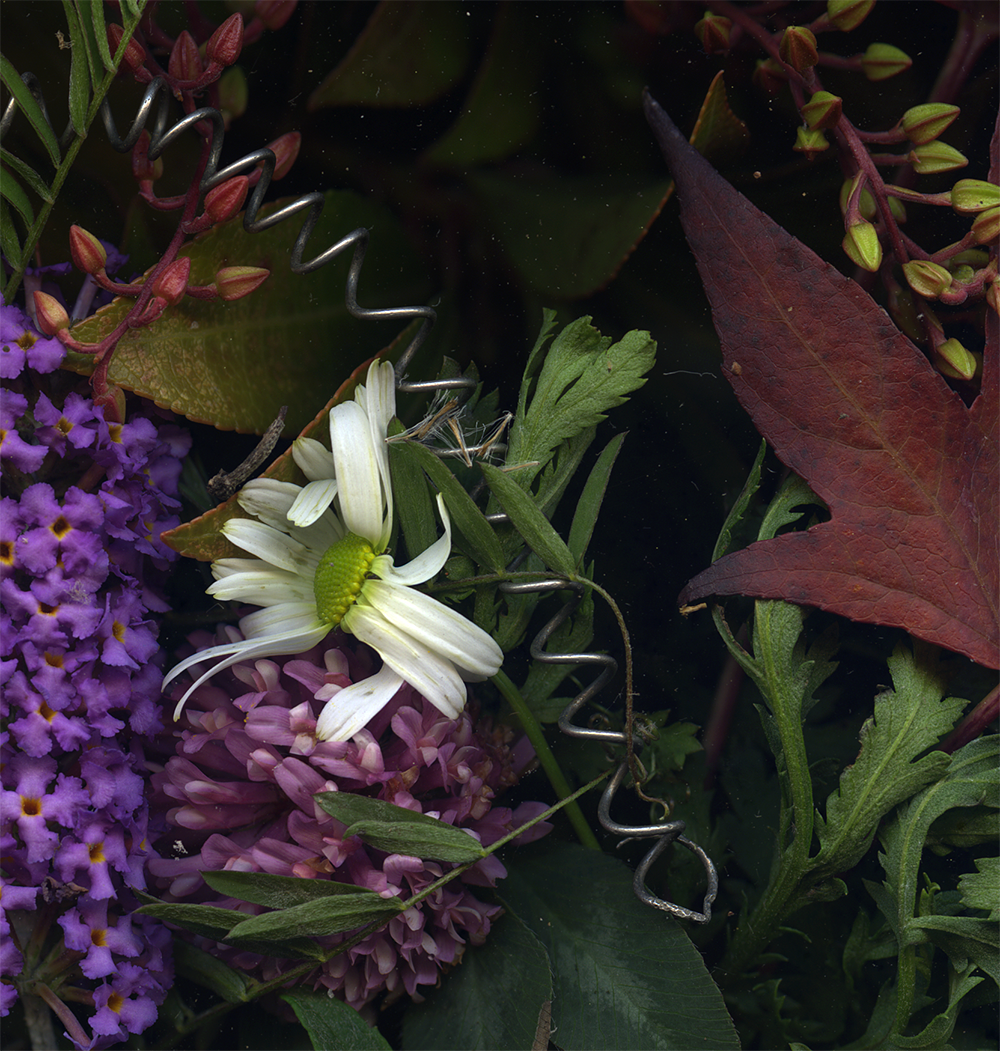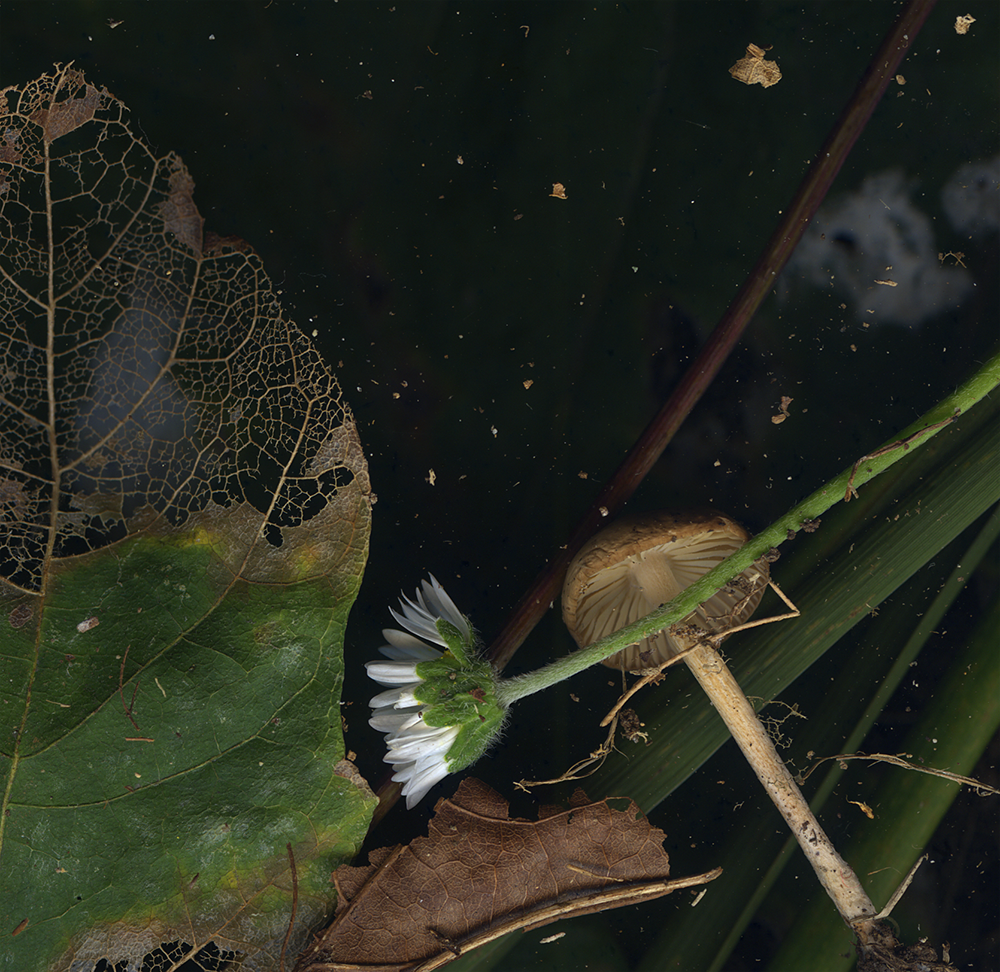Pensacola Epilogue #1
Well it’s been just over 4 months since we got back from Pensacola. So much has happened. As soon as we got back, a flood of administrative and teaching duties came our way from having been away. And then, a few days later, I got really sick with symptoms remarkably similar to COVID-19, and passed it on to Alex. Then as we were both recovering we were told to prepare for the University to shut down.
The ensuing months were difficult but enlightening. We tried to keep up production but the reflection needed to understand the pandemic situation and enforced isolation inhibited a free flow of ideas. We still very much valued the experiences we had in Florida and the data we collected, but they became distant very quickly as the more immediate situation enfolded.
It wasn’t a complete shutdown of creative activities. We tried to work with the Camellia scan data. We processed it in different ways. After a while we had to admit we just weren’t falling in love with them. There was just something about the composition, the too-much-ness of Camellias, that thwarted our efforts. It may be that they can’t be treated as a standalone study. They may find themselves interjected into the other works. And this, in a way, seems fitting given the way we encountered them in Pensacola. They were very ordered, prim, in contrast to the wildness of the bayou and forests. Yes, they were everywhere in the city but somehow seemed like an addition. Like a lawn. Here is a frame from one study of the Camellia data:

Camellia scans processed through Touch Designer.
Recently as things have started to reopen and become more predictable, I started to play around with the shapes we had scanned on a rainy day. I also started to think about the colours we saw when we went down to the beachfront — bright joyful colours reminiscent of carefree beach holidays. This too seemed to be Pensacola. Again the contrast. In the end I made a composition of 4 of the shapes onto bright saturated backgrounds (featured at the top of this post). It may still change (maybe the camellias make an appearance??). We want to try printing it with the Risograph at Emily Carr. This is a standalone study for the mushroom shape (the accident that started it all):

An accidental mushroom
There is still much to investigate and document from our time in Florida and we will keep going in fits and starts as we deal with all the changes in our lives.
